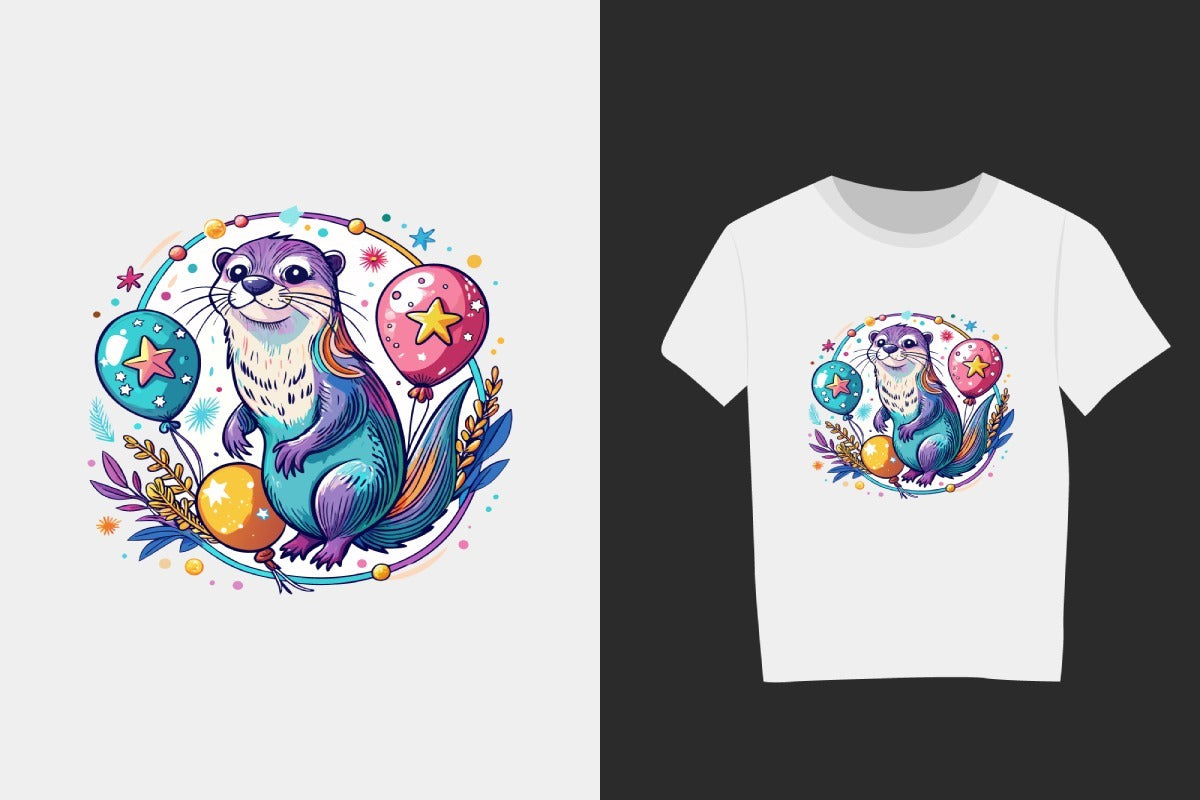
DTF Printing: Pros and Cons Explained
What is DTF Printing?
DTF printing, also known as Direct to Film printing, is an advanced digital printing method that transfers designs onto fabrics using a special film. This process involves printing the design onto a transparent film, applying adhesive powder, and then heat pressing it onto the desired fabric. Unlike traditional methods, DTF does not require pretreatment, making it a faster and more versatile solution. It is widely used for apparel, promotional items, and various textile applications. The technique is gaining popularity due to its ability to print detailed, vibrant, and long-lasting designs.
How DTF Printing Works
The DTF printing process consists of several key steps to ensure high-quality results. First, the design is printed onto a special PET film using pigment-based inks. A layer of adhesive powder is then applied to the back of the print to enhance adhesion. The film is then heated to cure the adhesive, preparing it for transfer. Using a heat press, the design is transferred onto fabric with controlled temperature and pressure. This method ensures a strong bond between the ink and fabric, resulting in durable, vibrant prints.
Pros of DTF Printing
There are several advantages that make DTF printing a popular choice for textile applications. It allows printing on a wide range of materials, including cotton, polyester, and blends. The colors produced are vibrant and highly durable, resisting multiple washes without fading. Unlike traditional printing techniques, no pretreatment is required, saving both time and costs. The process enables intricate designs and fine details to be printed with precision. Additionally, DTF prints have a soft and flexible texture, enhancing comfort when applied to apparel.
Cons of DTF Printing
Despite its advantages, DTF printing also has some drawbacks to consider. The process requires specialized equipment, including a printer, heat press, and curing oven, which can be costly for beginners. Compared to other methods like sublimation, the printing speed may be slower due to multiple steps involved. Improper curing or heat pressing can result in peeling or cracking of the design over time. The adhesive powder used in the process requires careful handling to avoid uneven application. Additionally, maintaining DTF equipment and ensuring high-quality prints demand consistent attention and expertise.
Comparison: DTF vs Other Printing Methods
When comparing DTF printing to other techniques, several differences stand out. Unlike screen printing, DTF does not require costly setup, making it ideal for small batches. In contrast to sublimation, DTF works on both light and dark fabrics without requiring a polyester base. Compared to heat transfer vinyl, DTF offers more detailed and vibrant prints. While Direct to Garment (DTG) printing produces high-quality results, it requires fabric pretreatment, which DTF eliminates. Each method has its benefits, but DTF is particularly effective for diverse material applications.
Common Mistakes in DTF Printing
There are common errors that can impact the quality of DTF prints. Using the wrong type of ink or film can lead to poor adhesion and weak colors. Inconsistent application of adhesive powder may cause patchy or uneven transfers. Incorrect heat press settings can result in peeling or reduced durability of the print. Skipping the curing process affects the overall strength of the adhesive, leading to premature wear. To achieve the best results, following the proper workflow and maintaining quality control is essential.
Is DTF Printing Right for Your Business?
Choosing the right printing method depends on various factors, including production needs, material preferences, and budget. DTF is an excellent choice for businesses looking to print on multiple fabric types without complex pretreatment. It is suitable for both small-scale custom printing and large-scale production. If you require high-quality, detailed prints with long-lasting durability, this method is a great option. However, investing in the right equipment and mastering the process is crucial for achieving the best results. Understanding its advantages and limitations will help in making an informed decision.
Conclusion
DTF printing is a revolutionary method that offers high-quality, durable, and versatile prints for various textile applications. It allows for intricate designs, vibrant colors, and the ability to print on different materials without pretreatment. While the process requires investment in equipment and proper handling, its benefits outweigh the challenges for many businesses. Whether you are looking to start a custom printing business or expand your existing services, DTF printing is a modern solution worth considering.
FAQ
- What is DTF printing?
- DTF printing is a digital method where designs are printed onto a film and then transferred to fabric using heat and adhesive.
- What fabrics can DTF be used on?
- DTF works on cotton, polyester, blends, leather, and even non-textile surfaces like wood.
- Does DTF require fabric pretreatment?
- No, unlike DTG printing, DTF does not require pretreatment before application.
- Is DTF printing durable?
- Yes, DTF prints are highly durable and resistant to washing, stretching, and cracking.
- Can I use a regular printer for DTF?
- No, a specialized printer that supports DTF inks and film is required.
- What type of ink is used in DTF printing?
- DTF printing uses pigment-based inks that bond effectively with fabrics.
- How should I wash garments with DTF prints?
- Wash inside out with mild detergent and avoid high heat when drying to preserve the DTF print.
- Can DTF prints be applied to dark fabrics?
- Yes, DTF prints work on both light and dark fabrics with vibrant colors.
- What is the difference between DTF and sublimation?
- DTF can be applied to multiple fabrics, while sublimation requires polyester-based materials.
- Is DTF printing cost-effective?
- Yes, DTF is a budget-friendly option for small businesses with minimal setup costs.






